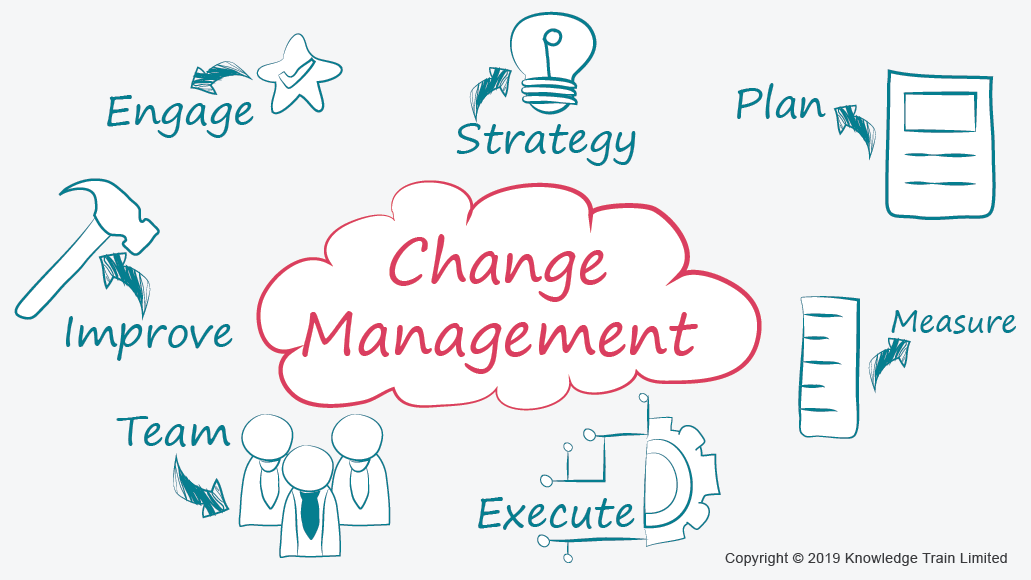
Sysco’s latest announcement regarding updated performance fee policies has many manufacturers scrambling to improve execution to avoid several supplier performance fees. Sysco is not alone in this effort.
Our clients, mostly foodservice manufacturers, are trying to find ways to improve efficiencies not only with trading partners, but within their organization.
For example, one of our clients was challenged with its marketing and sales teams focused “too much” on supply-side issues – such as “below average” fill rates and change-in-demand (CID) forms – and less on moving the firm’s strategy forward. How can a foodservice company, in the midst of Covid-19, ensure that it is performing at a high level?
Cost Cutting is Not a Strategy
When dealing with the inefficiencies of an organization and improving execution, the first area senior management (or management consultants look) is cost cutting. This may include a reduction in 15% of staff, for example, or cutting 25% of SKUs. Cost cutting might help in the short term, but it does not increase profits, build customer loyalty and is certainly not a sustainable advantage.
While an organization may require a complete overhaul in terms of culture and systems, in our experience, a company often has all of the ingredients necessary and requires a “nudge” in the right direction to fine-tune the organizational delivery.
There are typically three components we recommend clients consider: The company, the customer and the competitor.
The Company
Often, a firm’s best ideas come from within an organization, but are not always gleaned as we get caught up in day-to-day activities. We wrote recently about the issue of Groupthink and how it impacts innovation. We are firm believers that an outside party, free of biases and organizational politics, is the best suited to facilitate change. These are examples from a client’s staff on potential performance improvements:
- Deliver “better” incentives to DSRs
- Get marketing planners to distributor meetings
- Monitor the competition more closely
- Stop treating the distributor as the enemy
- Trim excessive meeting time
- Establish quarterly focus objectives
- Decentralize certain support functions (local/regional instead of corporate)
The Customer
Operators and distributors have a wealth of information, but the “rub” is trying to glean honest feedback from them. It has been proven time and again, an unhappy customer will likely leave instead of communicating dissatisfaction.
Some of the topics to glean from customers might include:
- Customer service, such as order/lead times, fill rates, problem resolution
- Company flexibility, trustworthiness, reliability
- Support programs, such as operator pull-through and trade promotion
- Sales knowledge, skill, operator sales support and training
- Product quality, profitability, innovation
The Competitor
The competitor may be direct or indirect, but should be comparable to a firm’s business model. This step allows for best practices comparison and to learn what challenges firms have faced and how they have overcome them. Many of the attributes and factors shared with customers and in-house staff can also be analyzed in this context.
Final Words
There are a number of ways to diagnose an organizational bottleneck prohibiting progress. Companies are sitting on years of collective, tacit knowledge and with the right facilitator, an organization can find its way without wasting time and money.
Recent Comments